A New Water-Soluble Supramolecular Container for Efficient Separation and Storage of Gasoline Components
DOI: 10.23977/analc.2024.030110 | Downloads: 7 | Views: 963
Author(s)
He Xuxiang 1
Affiliation(s)
1 Xi'an High-Tech No.1 School, Xi'an, China
Corresponding Author
He XuxiangABSTRACT
This study explores the development of a low-energy, low-pollution, and efficient gasoline fraction separation technology using a water-soluble organometallic supramolecular cage. With the growing demand for petroleum and the environmental challenges posed by traditional extraction methods, this research aims to improve the efficiency of gasoline extraction from crude oil. A hybrid metal-organic cage was synthesized using a ligation-driven self-assembly strategy, featuring a specific cavity that selectively screens gasoline fractions based on molecular size and shape. The experimental process involved separating simulated gasoline, commercial gasoline, and crude oil, demonstrating the cage's potential for selective extraction. The findings contribute to advancements in separation technologies for the petrochemical industry and offer a pathway toward more sustainable petroleum refining processes.
KEYWORDS
Petroleum refining, Supramolecular cage, Gasoline fraction fiseparation, Metal-organic cage, Crude oil separationCITE THIS PAPER
He Xuxiang, A New Water-Soluble Supramolecular Container for Efficient Separation and Storage of Gasoline Components. Analytical Chemistry: A Journal (2024) Vol. 3: 54-61. DOI: http://dx.doi.org/10.23977/analc.2024.030110.
REFERENCES
[1] Sholl, D. S.; Lively, R. P. Seven Chemical Separations to Change the World[J].Nature, 2016, 532, 435−437.
[2] Yadav A., Gupta A. K., Steiner A., et al. Mapping the Assembly of Metal–Organic Cages into Complex Coordination Networks[J]. Chem.−Eur. J.,2017, V23(72): 18296-18302.
[3] Sun Y., Yao Y., Wang H., et al. Self-Assembly of Metallacages intoMultidimensional Suprastructures with Tunable Emissions. J. Am. Chem. Soc.,2018, V140(40): 12819-12828.
[4] Fang Y., Lian X. Z., Huang Y. Y., et al. Investigating Subcellular Compartment Targeting Effect of Porous Coordination Cages for Enhancing Cancer Nanotherapy[J]. Small, 2018, V14(47): 1802709.
[5] Fang Y., Xiao Z. F., Li J. L., et al. Formation of a Highly Reactive Cobalt Nanocluster Crystal within a Highly Negatively Charged Porous Coordination Cage[J]. Angew. Chem. Int. Ed., 2018, 57(19): 5283-5287.
[6] Pasquale S., Sattin S., Escudero-Adán E. C., et al. Giant Regular Polyhedra from Calixarene Carboxylates and Uranyl[J]. Nat. Commun., 2012, V(3): 785.
[7] Gropp C., Quigley B. L., Diederich F. Molecular Recognition with Resorcin arene Cavitands: Switching, Halogen-Bonded Capsules, and Enantioselective Complexation[J]. J. Am. Chem. Soc., 2018, V140(8):2705-2717.
[8] Fox O. D., Cookson J., Wilkinson E. J. S., et al. Nanosized Polymetallic Resorcinarene-Based Host Assemblies that Strongly Bind Fullerenes[J]. J. Am. Chem. Soc., 2006, V128(21): 6990-7002.14
[9] Turunen L., Warzok U., Puttreddy R., et al. [N⋅ ⋅ ⋅ I+⋅ ⋅ ⋅ N] Halogen-Bonded Dimeric Capsules from Tetrakis (3-pyridyl) ethylene Cavitands [J]. Angew. Chem. Int. Ed., 2016, V55 (45): 14033-14036.
[10] Stricklen P., Verkade J. Novel Homo and Heterometallic Coordination Macrocycles[J]. J. Am. Chem. Soc., 1983, V105 (8): 2494-2495.
[11] Fujita M. Metal-Directed Self-Assembly of Two- and Three-Dimensional Synthetic Receptors[J]. Chem. Soc. Rev., 1998, V27 (6): 417-425.
[12] Stang P. J., Olenyuk B. Self-Assembly, Symmetry, and Molecular Architecture: Coordination as the Motif in the Rational Design of Supramolecular Metallacyclic Polygons and Polyhedra[J]. Acc. Chem. Res., 1997, V30(12): 502-518.
[13] Caulder D. L., Raymond K. N. Supermolecules by Design[J]. Acc. Chem. Res., 1999, V32(11): 975-982.
[14] Fujita M., Umemoto K., Yoshizawa M., et al. Molecular Paneling via Coordination[J]. Chem. Commun., 2001, V(6): 509-518.
| Downloads: | 1377 |
|---|---|
| Visits: | 77187 |
Sponsors, Associates, and Links
-
Forging and Forming
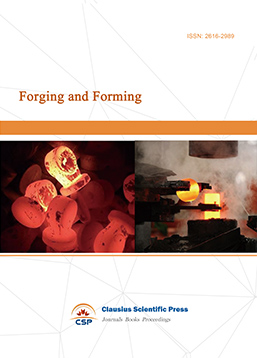
-
Composites and Nano Engineering

-
Journal of Materials, Processing and Design
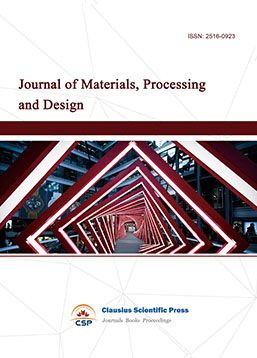
-
Metallic foams
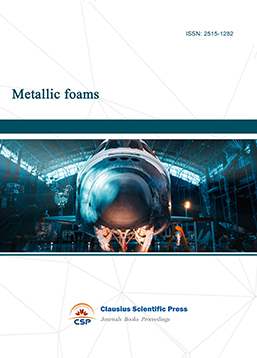
-
Smart Structures, Materials and Systems
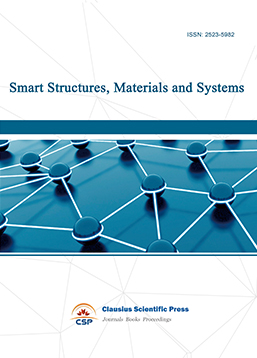
-
Chemistry and Physics of Polymers
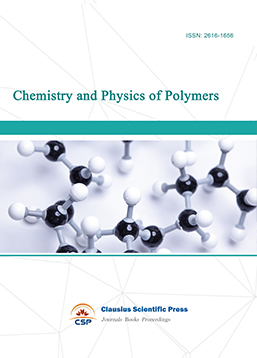
-
Modern Physical Chemistry Research

-
Inorganic Chemistry: A Journal
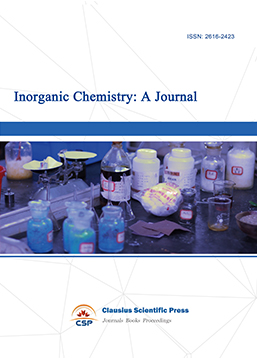
-
Organic Chemistry: A Journal
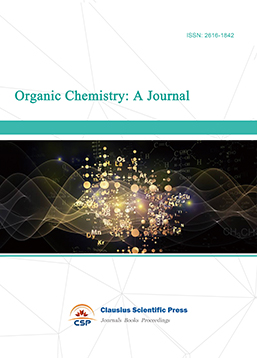
-
Progress in Materials Chemistry and Physics
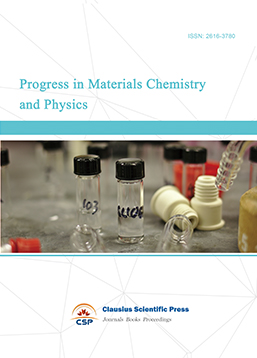
-
Transactions on Industrial Catalysis
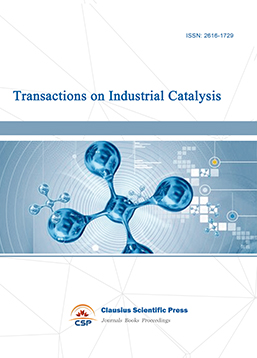
-
Fuels and Combustion
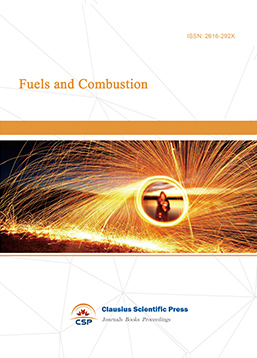
-
Casting, Welding and Solidification
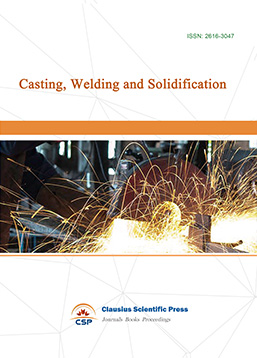
-
Journal of Membrane Technology
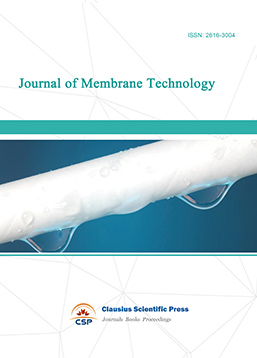
-
Journal of Heat Treatment and Surface Engineering
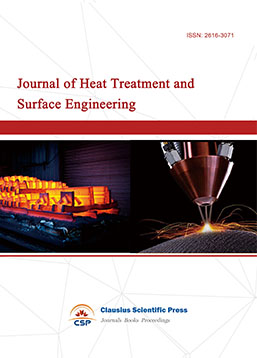
-
Trends in Biochemical Engineering
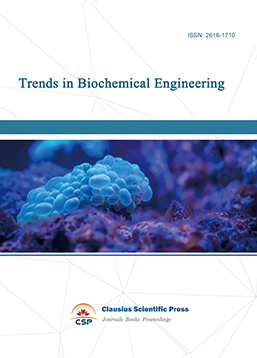
-
Ceramic and Glass Technology
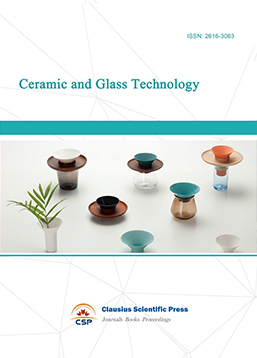
-
Transactions on Metals and Alloys
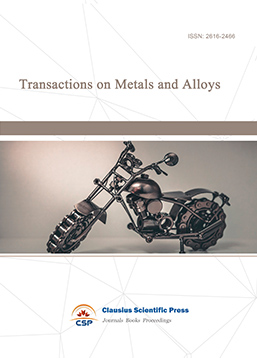
-
High Performance Structures and Materials
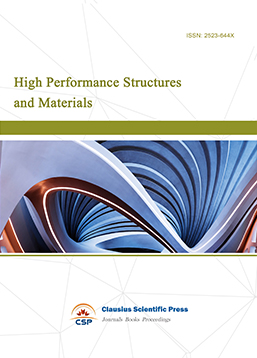
-
Rheology Letters
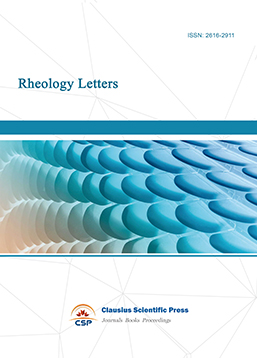
-
Plasticity Frontiers
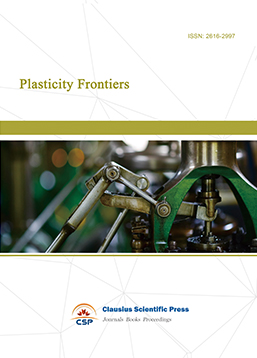
-
Corrosion and Wear of Materials

-
Fluids, Heat and Mass Transfer
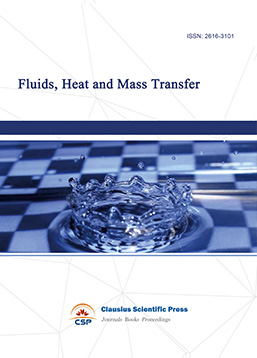
-
International Journal of Geochemistry

-
Diamond and Carbon Materials
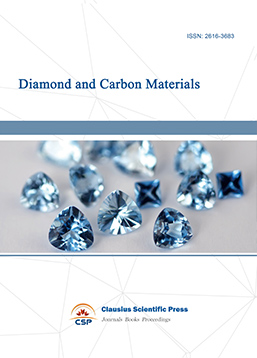
-
Advances in Magnetism and Magnetic Materials
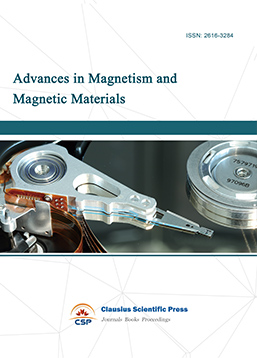
-
Advances in Fuel Cell
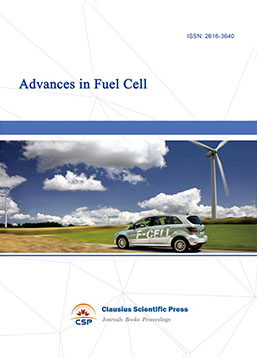
-
Journal of Biomaterials and Biomechanics
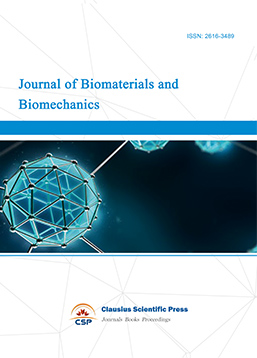

 Download as PDF
Download as PDF